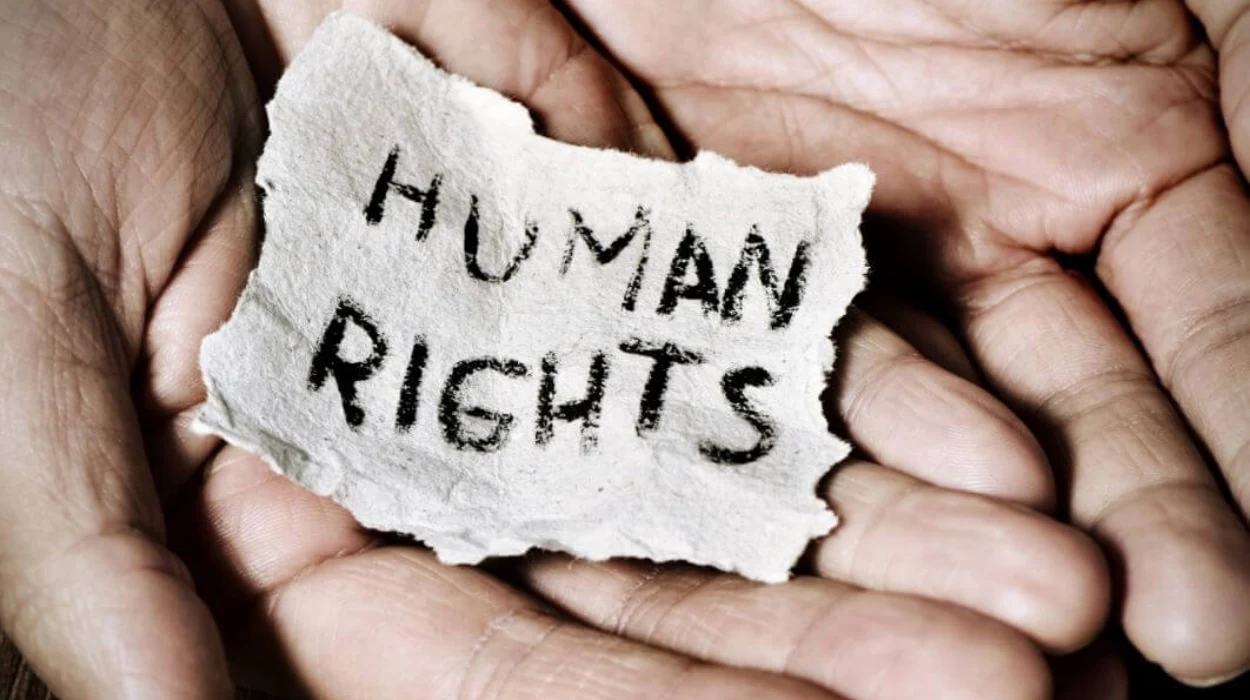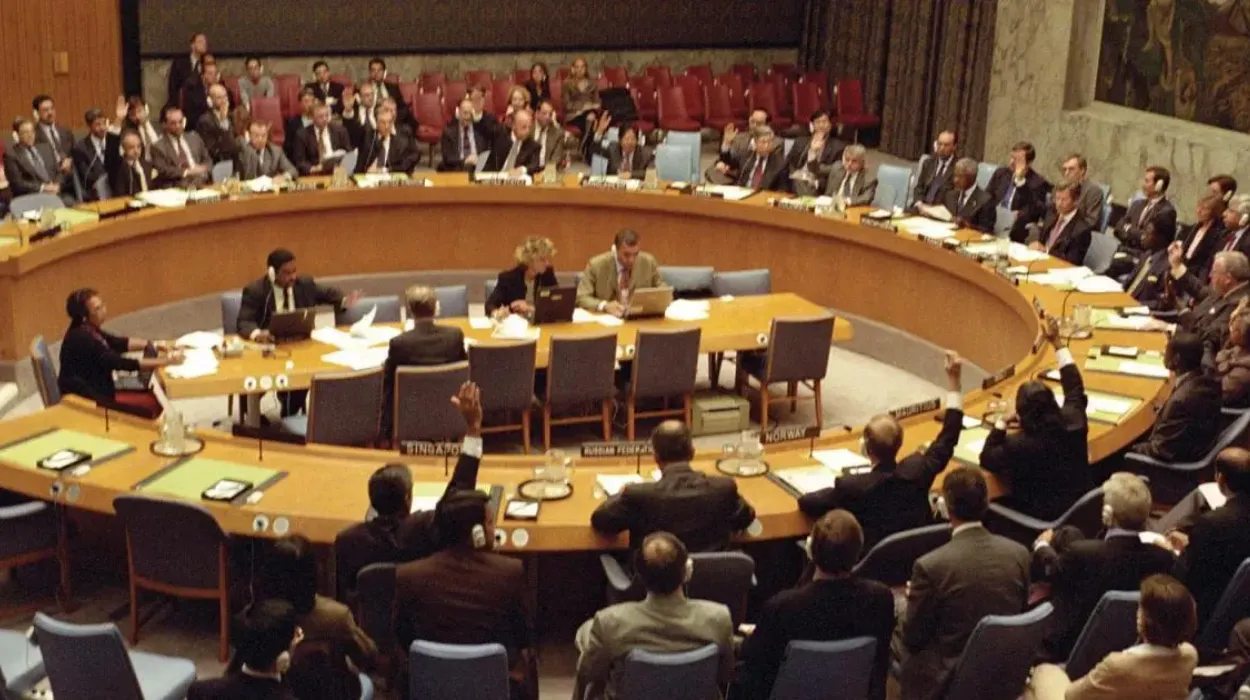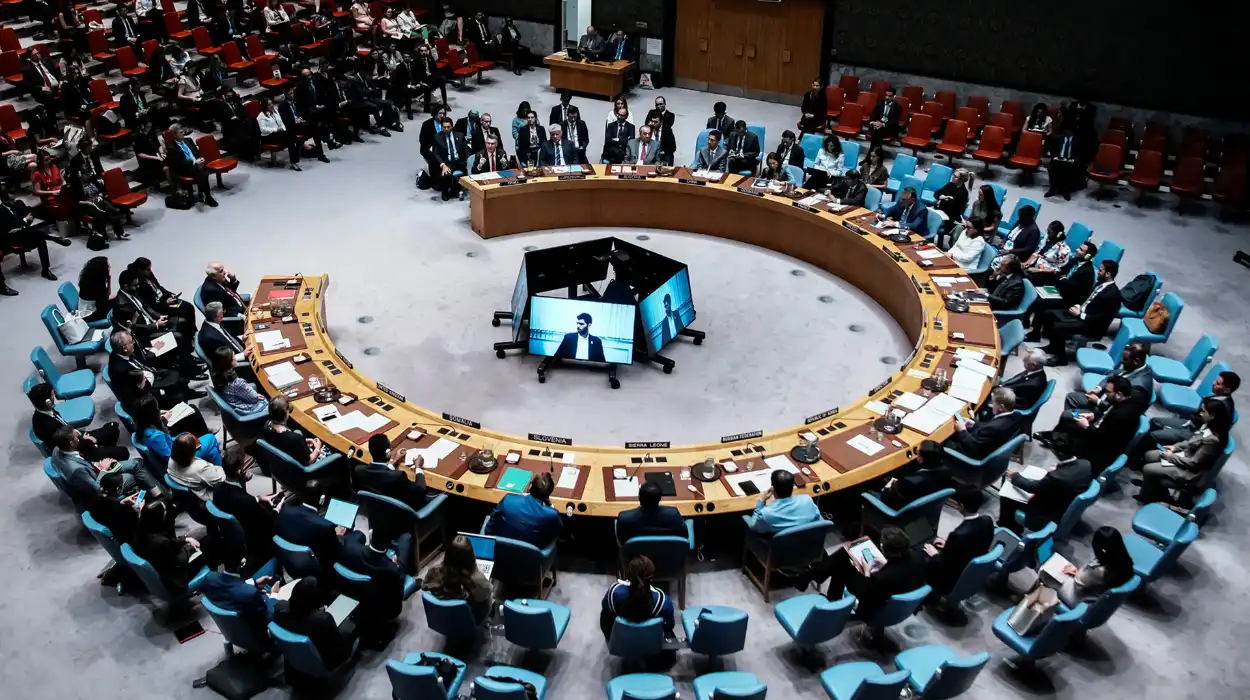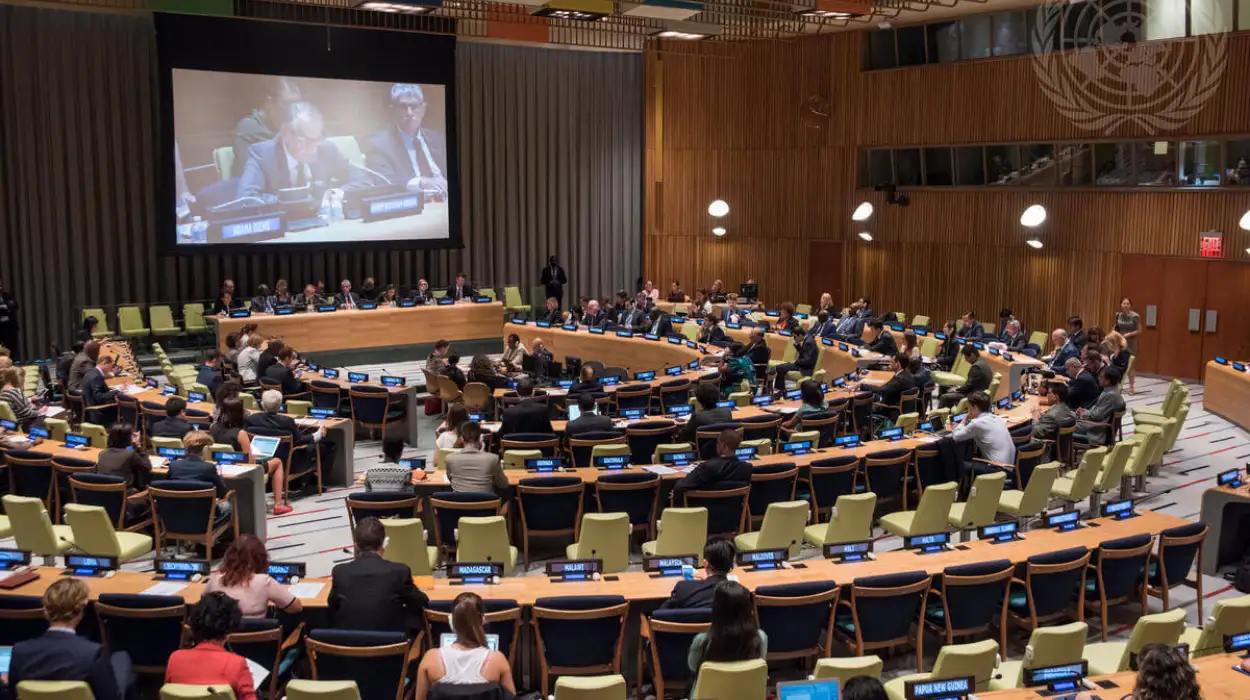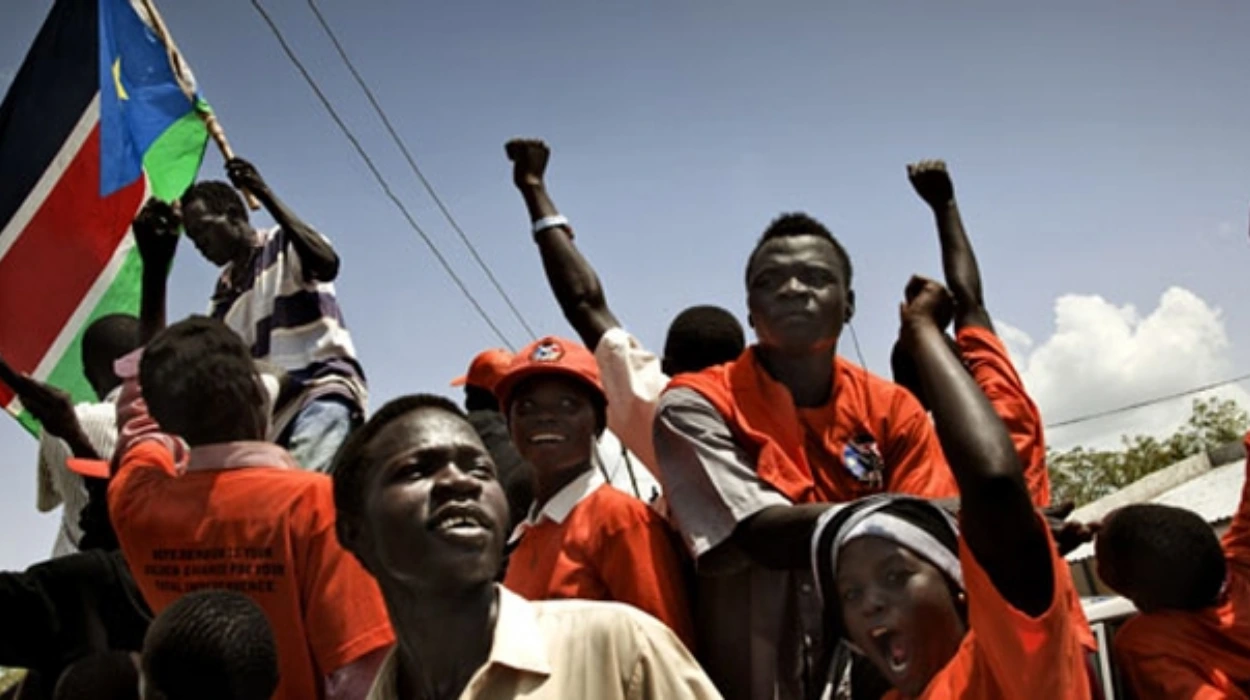At the beginning of 2025, the number of civilian casualties in Ukraine increased by half of the level of the same period last year. In April, alone, the UN Human Rights Monitoring Mission in Ukraine (HRMMU) recorded 1,389 casualties (221 killed and 1,168 injured), the greatest number of any month in 2025.
May saw 1,019 additional casualties. These figures represent a five-fold increase from 2024 levels. Danielle Bell, Head of HRMMU, stated: “This year has been devastating for civilians… The intensification of long-range attacks with missiles and loitering munitions and frequent attacks with short-range drones along the frontline are a deadly combination for civilians.”
Deliberate Targeting of Civilian Areas
A staggering 97% of Russian attacks occurred in civilian areas under Ukrainian government control. These included systematic strikes on schools, homes, and energy infrastructure. The attacks extended far beyond frontlines, affecting 17 of Ukraine’s 24 regions including Kyiv.
Mass Displacement and Refugee Crisis
Current Displacement Figures
About 10.6 million Ukrainians are also displaced – almost a third of the population that was at the time of the war. These are 3.7 million internally displaced persons (IDPs) in the context of Ukraine and 6.9 million refugees in foreign countries. The National Bank of Ukraine also updated its expectations, and it is projected that a net outflow of 700,000 people will take place in 2024-2025 because of the destruction of energy infrastructure and a decrease in economic performance.
Shrinking Prospects for Return
Destroyed infrastructure and ongoing hostilities have made safe returns impossible. The UN Refugee Agency reports that most displaced Ukrainians have been away from home for over a year. Energy infrastructure attacks have caused prolonged blackouts, further disincentivizing returns.
Overwhelming Humanitarian Needs
Scale of Assistance Required
An estimated 12.7 million people require humanitarian assistance in 2025 – including nearly 2 million children. The most acute needs are concentrated in eastern, southern, and northern regions where hostilities continue. The UN Office for the Coordination of Humanitarian Affairs (OCHA) describes this as “one in three Ukrainians” needing support.
Critical Gaps in Aid Delivery
Despite humanitarian partners reaching 2.3 million people in early 2025, needs vastly outpace response capabilities. The suspension of US humanitarian programming has created severe funding shortages. OCHA’s $70 million allocation in January 2025 prioritizes shelter, health services, and protection for frontline communities but remains insufficient.
Deteriorating Humanitarian Access
Frontline Shifts and Security Barriers
Humanitarian access significantly deteriorated in early 2025 according to ACAPS. Frontline movements rendered new areas inaccessible, while administrative hurdles increased in occupied territories. Attacks on aid workers intensified, particularly in Donetska and Khersonska oblast.
Emerging Technological Threats
The deployment of fibre-optic drones – resistant to electronic jamming – has created new dangers for aid convoys. These drones enable precise targeting of humanitarian personnel attempting to deliver assistance near conflict zones.
Protection Concerns and Vulnerabilities
Heightened Risks for Civilians
Older people and individuals with disabilities face extreme vulnerability due to mobility limitations and disrupted services. Landmines and unexploded ordnance contaminate wide areas, preventing safe movement. Systematic attacks on healthcare facilities have reduced medical access precisely when needs are greatest.
Mental Health Emergency
Prolonged exposure to violence has created widespread psychological trauma. The UN reports 63% of households show signs of distress. Children are particularly affected, with 1.5 million at risk of developing post-traumatic stress disorder.
International Response and Challenges
Funding Shortfalls
Humanitarian operations are drastically constrained by dwindling resources. OCHA’s “Humanitarian Reset” strategy seeks to reorder assistance in line with severity analysis, yet the disparity between requirements and available funding grows.
Access Negotiations
Humanitarian agencies find themselves in tricky exchanges with the military so as to have passage. Such initiatives are often shaken up by breakout incidents and changing lines. The UN is still campaigning on the need to respect the international humanitarian law in order to secure the safety of civilians and aid workers.
The Path Forward
The war prevailing in Ukraine is not yet in its end game and things are much worse there. This complex situation is quite multidimensional as it can be understood as the integration of intensified antagonisms, displacement forces, and access restrictions. It is necessary to overcome these challenges with long-term involvement of international responses and new ways of providing aid in an active conflict scenario.
The need of the UN to access unimpeded humanitarian access and persons protection is still relevant as the fighting continues to influence humanitarian situation in Ukraine in 2025.


